How to Use Old Clothing for Emergency Preparedness
When there is an emergency or disaster, being prepared can make a significant difference in ensuring the safety of you and your family. One often overlooked resource for emergency preparedness is old clothing. Instead of discarding or donating your worn-out garments, you can repurpose them in creative ways to aid you during unforeseen circumstances. Let’s talk about how to use old clothing for emergency preparedness.
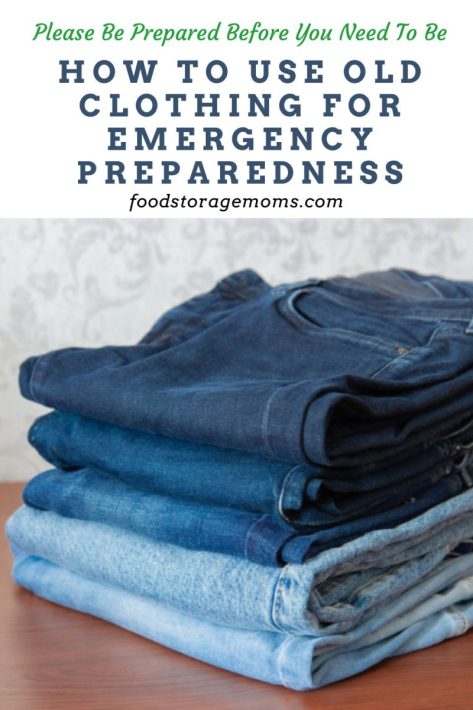
Old Clothing for Emergency Preparedness
Emergency Shelter
When faced with an emergency situation, having a temporary shelter becomes crucial. Old clothing can be repurposed to create emergency shelters in the following ways:
Tarp and Clothing Tent
Using old clothing, you can create a makeshift tent by stringing up a tarp between two sturdy objects such as trees or poles. Fill the gaps between the tarp and the ground with layers of clothing to provide insulation and protection from the elements. How to Use a Tarp for Shelter
Insulating Sleeping Pad
Cutting old clothing into strips and stuffing them into a sack or pillowcase can create an insulating sleeping pad. This improvised pad will provide a layer of comfort and protection from the cold ground when sleeping outdoors. Using Sleeping Bags for Prepping
You can also use a coat, bathrobe, sweater, hoodie, pair of jeans, and other large or thicker clothing pieces to provide some padding and insulation between yourself and the ground. Even in warmer weather, sleeping directly on the ground can prove cold and uncomfortable. You’ll find some fabrics are warmer than others. Wool tends to be tightly woven and retains heat better than some linen or polyester fabrics.
Although not clothing, an old rug is also a handy pad. They often are “backed” so they can minimize moisture and cold being felt through to your skin.
First Aid and Medical Use
In emergency situations, having access to medical supplies and makeshift first aid items is essential. Old clothing can be repurposed for various medical purposes:
Bandages and Dressings
Torn or worn-out clothing can be used as bandages or dressings in case of injuries. Simply tear the fabric into strips and secure them in place with tape or improvised ties. Ensure that the fabric is clean and sterile before use. Uses for Bandaids: Beyond Covering Cuts and Scrapes
Cotton is a great fabric for use in emergencies. It is absorbent if you need to cover small cuts or wounds where blood is present. We don’t often make a donation of underwear from our wardrobe, knowing that others may not feel comfortable wearing someone else’s underwear. When it comes to bandages and dressings, underwear can fill in nicely. Flashlights and First Aid Kits
Splinting Material
Old clothing, such as jeans or sturdy fabrics, can serve as splinting material for broken bones or sprained joints. Cut the fabric into strips and use them to immobilize the affected area, providing support and stability. The fabric can be fashioned into a temporary sling if you need to support shoulders, arms, elbows, and wrists.
The strips can be used to tie fingers together so one strong finger helps support the injured finger until professional treatment can be administered. They can also help to cover a damaged area like smashed fingernails.
Water Filtration and Storage
Clean drinking water is crucial for survival during emergencies. Old clothing can be utilized to filter and store water:
Improvised Water Filter
Cutting a piece of old fabric, such as a t-shirt or sock, and securing it over a container can act as an improvised water filter. The fabric will help remove debris and sediment from the water, making it safer to consume. The Best Portable Water Filtration Unit
This approach doesn’t eliminate the need to treat the water for possible bacteria or viruses. Every family should have some kind of water filtering system. I’ve written about Big Berkey and PortaWell systems. The good thing about using clothing as the first line of filtering is that the filters in your other systems won’t have to work as hard and they’ll last longer.
Water Storage Bags
Old clothing, like socks or pillowcases, can be repurposed as makeshift water storage bags. Simply tie the open end of the fabric tightly to create a seal, allowing you to store water for later use. To make them effective you’ll tightly woven fabric and you may have to layer them to help hold the water in place. Loosely woven yarn fabrics won’t work in this application.
Fire Starting
Fire can provide warmth, light, and a means of cooking in emergency situations. Old clothing can be used to start and maintain a fire:
Fire Tinder
Shredded or torn pieces of clothing, such as cotton or wool, can be used as fire tinder. These materials are highly flammable and can help ignite a fire quickly. 15 Different Ways to Make Fire Starters When it comes to starting or fueling a fire, you don’t care if the fabric item is missing some buttons, or may have some dyes or stains.
Fire Blowing Technique
Tie a piece of cloth, preferably cotton, onto a stick to create an improvised blowpipe. This technique can be used to direct air into the fire, increasing its intensity and helping it catch.
Signaling and Communication
In emergency situations, being able to signal for help or communicate with others can be crucial. Utilize old clothing for these purposes, particularly if they are bright colors or tend to glow or stand out in the dark.
Flag or Banner
Using brightly colored old clothing, you can create a flag or banner to attract attention. Hang it from a high point or wave it vigorously to signal your presence.
Cloth Strips for Marking Paths
Tear old clothing into long strips and tie them to tree branches or other visible objects to mark paths or direct rescuers toward your location. Communication Options for Your Family During a Disaster
Use the Clothing as Cleaning Rags
All the uses listed in this post don’t take into account fashion trends, a particular fashion brand, or any fashion sustainability. The clothing is being reused so it doesn’t end up in a landfill as part of the trash. Take your clothing and cut the items into workable pieces to be used as rags to clean floors, countertops, railings, toilets, and anything else to make your surroundings safer. It doesn’t matter if the item needs some repair, put it to use in other ways that make sense.
Can any type of clothing be used in emergency situations?
While most types of clothing can be repurposed in some way, certain materials like cotton and wool are more suitable for fire-starting and insulation reuse purposes. Avoid using synthetic fabrics that may melt or emit toxic fumes when exposed to heat.
How should I clean old clothing before using it for emergency purposes?
It’s important to clean and sterilize any clothing before using it in emergency situations. Wash the garments thoroughly with soap and hot water, if available. If clean water is limited, you can rinse the fabric with boiled water or disinfectant wipes.
How can I store old clothing for emergency use?
Store old clothing in a clean and dry place, separate from your regular clothing. Consider using vacuum-sealed storage bags or waterproof containers to protect the garments from moisture and pests. If you have available space in your garage or basement put that space to use until the items are needed in an emergency.
Can old clothing be used to start a fire in wet conditions?
Starting a fire in wet conditions can be challenging, especially with damp clothing. It’s best to seek out dry kindling and tinder in such situations. However, if you have access to a fire source like a lighter or matches, cotton clothing can still be effective as a fire starter. What is the Best Firewood for Home Heating?
More Tips
- What To Do With Old Clothing Hangers
- Best Time to Buy Children’s Clothing
- 5 of the Best Winter Clothing Fabrics to Have on Hand
Final Word
Old clothing can be a valuable resource in emergency preparedness. Remember to always put safety first and ensure that the fabric is clean and free from harmful substances before using it for emergency purposes. May God Bless this World, Linda
Copyright Images: Used Clothes in Bags Depositphotos_488211256_S by Ondacaracola, Used Clothing Blue Jeans on Table Depositphotos_579717358_S by Nastya_decor@ukr.net

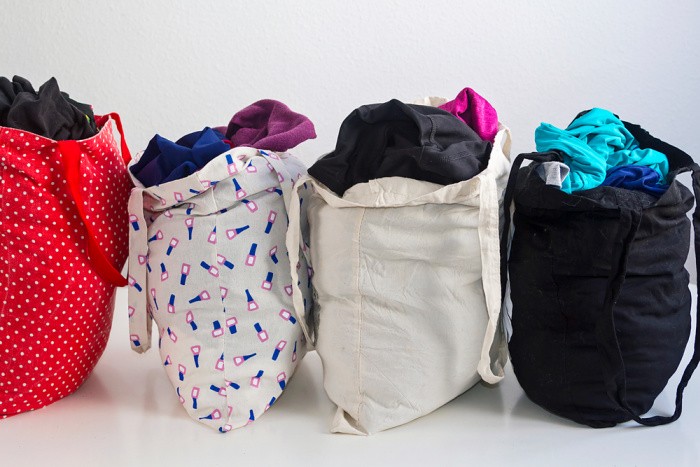



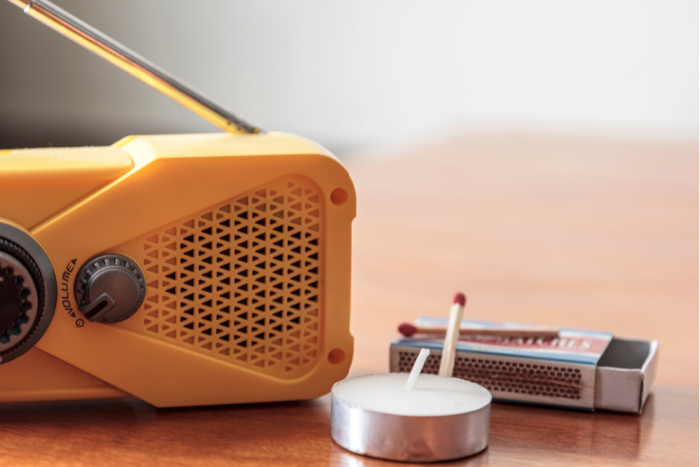
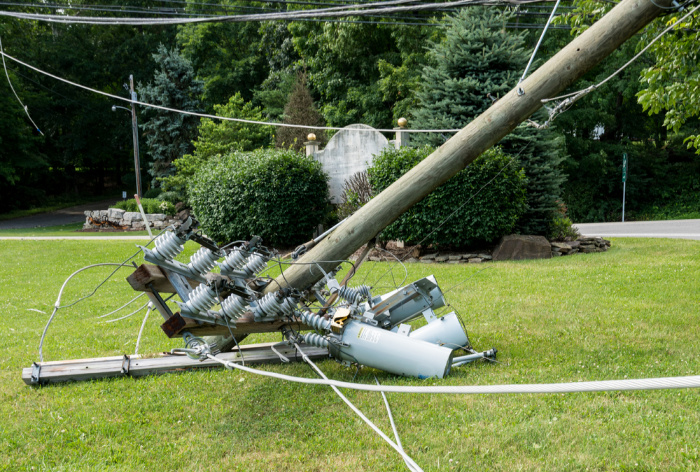

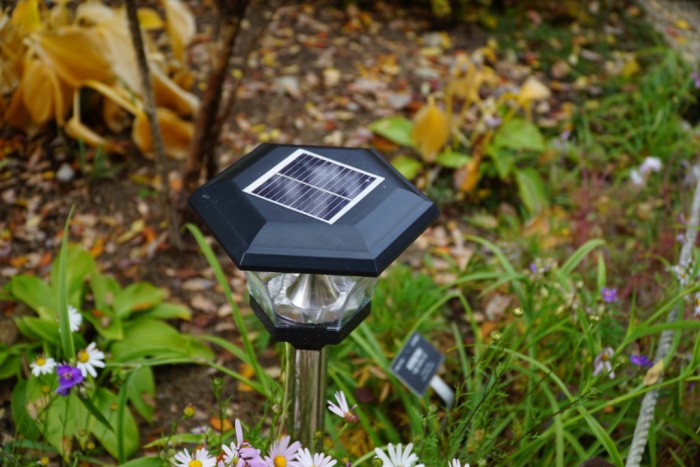








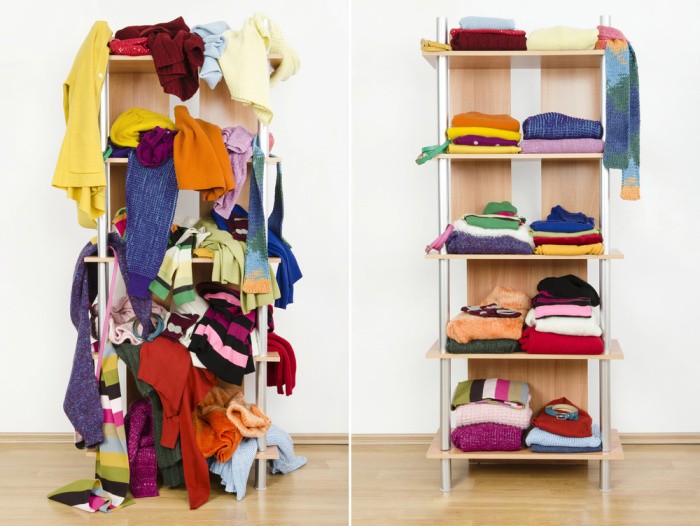

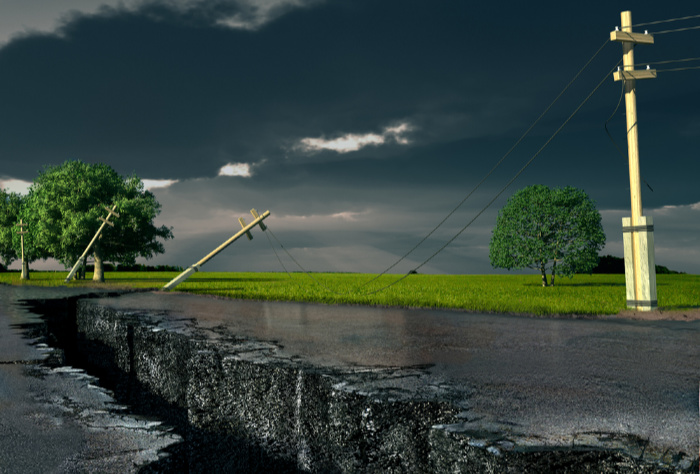



We’ve sewn up Jean legs as sandbags before
Hi Matt, oh my gosh, what a great idea! I could have done that when we had flooding down south! Great tip!!! Linda
You can make “tote” bags from jeans too! Very sturdy.
HI Beth, Isn’t it fun to think of all the things we can make with old jeans! They would indeed make wonderful tote bags, the fabric is so sturdy! I love this, Linda
We wear old clothes. LOL!!!
Hi Harry, LOL! Me too! I buy right the first time and they last for many many years. Love this!! Linda
Yes–old clothes save the good clothes! I use the worn, faded, etc., things for farm/garden work–my husband’s (or even, still, my dad’s) worn cotton dress shirts are great in hot summer weather. When anything isn’t good enough for “dress wear,” then it goes in with the work clothes.
HI Rhonda, I use old shirts in the garden as well, great reminder! Thank you! Linda
Saving old clothing for emergencies would be a problem for someone who lives in an apartment or a tiny house. I don’t have a lot of room for more (and bulkier) supplies. IF I save old clothing/fabric, it is to be repurposed into quilts! or rags.
Hi Leanne, oh I totally agree, I used to love making quilts. I don’t have a lot of room either, I would only save the best of the old clothes to repurpose like you said. Linda
Assuming you have room to store old clothing–save outgrown things until there’s someone the right size for them. They’re also great for patching torn/worn clothing that otherwise still has use–same for the zippers and buttons. If ever SHTF, we may really need to re-use and patch (although some of us always have!)
About using cloth for fire starters–I do believe I remember directions from my childhood scouting (actually, probably my brother’s Boy Scouting!) about lightly charring pieces of cloth to be used as tinder. The charring made it catch and burn better. The charred cloth was then kept in a small waterproof container–probably in the kit along with one’s waterproof matches (separate container)! I seem to remember this was the tinder of choice in the old-fashioned flint-and-steel tinder box, too.
If a torch is needed, tightly tie layers of cloth onto a long, sturdy stick. You can soak the torch in grease or oil of some sort to make it burn longer, but even the thick “head” of plain cloth will burn longer than you’d think. (I’ve often used this to get flame deep into a brush pile to help get the fire going.)
Layers of soft, absorbent cloth (T-shirts, sheets, come to mind) can be folded and/or stitched to make diapers (baby or adult).
HI Rhonda, oh great comment about using cloth for fire starters and lightly charring them. I love your torch idea as well! Linda
In the Navy they taught us how to pull off our dungarees, tie knots in the legs, then, holding them by the belt line, whip them over our heads and down onto the water to make an emergency flotation device. (This was a lot of fun to attempt when you were in the water and your pants were clinging to your wet legs, but the damp cloth did hold air).
Also, I’ve seen homeless people and hobos fill two pillow cases and knot them together, then throw them over a shoulder as a sort of pack. Ingenuity and thinking outside the box go a long ways toward helping poor people survive.
Hi Ray, wow, thank you for sharing that story about making your dungarees as a flotation!! We have so many homeless people here, it’s so sad. We have cold temperatures in the winter here and I still see the homeless sleeping outside, I don’t know how they do it. Linda